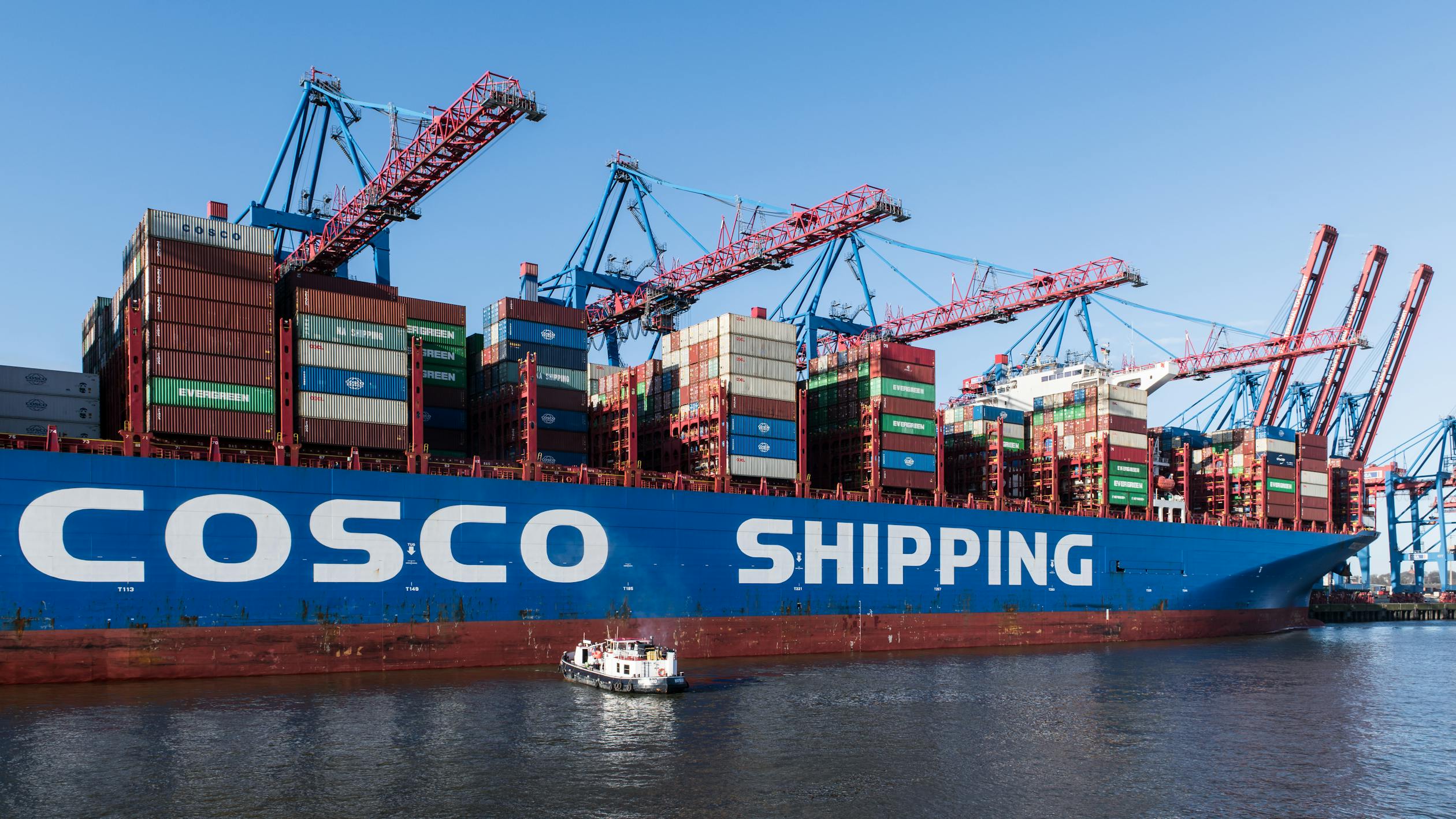Components for Stacker Cranes: Essential Parts for Efficient Operation
Stacker cranes are a fundamental component in modern material handling systems, enabling the efficient storage and retrieval of goods in warehouses and distribution centers. These sophisticated machines are specifically designed to operate within narrow aisles, maximizing storage capacity while minimizing the time required for operations. A well-functioning stacker crane system relies on a variety of essential components working together seamlessly.

Understanding these components is crucial for maintaining efficiency and reliability in any facility utilizing this technology.
Core Structural Components
The primary structure of a stacker crane is engineered for strength and stability. The main components include the mast, base frame, and carriage. The mast serves as the vertical support structure, often constructed from durable materials such as steel to withstand heavy loads. Its height can vary significantly depending on the warehouse's requirements, with some cranes reaching up to 40 meters.
The base frame acts as the foundation, housing the wheels and motor that enable horizontal movement along predefined rails. Ensuring this component is robust is essential to maintain balance and stability during operation. The carriage, mounted on the mast, holds the load-handling equipment and facilitates vertical movement. Together, these structural elements form the backbone of any stacker crane system.
Proper maintenance of these structural components is critical. Regular inspections of the mast for wear or potential damage can prevent costly downtime. Similarly, keeping the base frame clean and free from debris ensures smooth operation and prolongs the lifespan of the equipment.
Load-Handling Equipment
Load-handling equipment is one of the most vital parts of a stacker crane as it directly interacts with goods. This typically includes forks, clamps, or telescopic arms designed to grip, lift, and transport items safely. The choice of load-handling equipment depends largely on the type of goods being managed. Telescopic forks are ideal for pallets stored in deep racks, while clamps may be better suited for irregularly shaped items.
Precision is key when it comes to load handling. Advanced sensors are often integrated into these systems to ensure accurate positioning and alignment with storage locations. This not only enhances operational efficiency but also minimizes the risk of damage to goods or storage racks.
Modern load-handling equipment also incorporates ergonomic designs to reduce wear on moving parts. Regular lubrication and calibration are necessary to maintain their functionality over time. Investing in high-quality equipment can lead to significant cost savings by reducing maintenance needs and increasing operational uptime.
Drive and Control Systems
The drive system powers both horizontal and vertical movements of a stacker crane. It typically includes electric motors, gears, and wheels that enable precise navigation along designated paths. Variable frequency drives (VFDs) are commonly used to control motor speed, allowing for smooth acceleration and deceleration during operation.
Control systems act as the brain of a stacker crane, managing its movements based on input from operators or automated warehouse management systems (WMS). These systems utilize advanced algorithms to optimize travel paths and minimize energy consumption. Modern control units often feature remote monitoring capabilities, enabling real-time tracking of performance metrics.
A well-maintained drive and control system is integral to ensuring consistent performance. Routine checks should focus on inspecting motor bearings, cleaning electrical contacts, and updating software as needed. This proactive approach helps avoid unexpected failures that could disrupt operations.
Sensors and Safety Mechanisms
Sensors play a pivotal role in enhancing the safety and efficiency of stacker crane operations. These devices monitor various parameters such as load weight, alignment, and proximity to obstacles. Ultrasonic sensors can detect objects in the crane's path to prevent collisions, while load cells ensure that weight limits are not exceeded.
Safety mechanisms are equally important for protecting both personnel and equipment. Emergency stop buttons are a standard feature on most stacker cranes, allowing operators to halt operations instantly if needed. Modern systems often include anti-collision software that automatically adjusts movements to avoid accidents.
A commitment to safety extends beyond initial installation. Regular testing of sensors and safety mechanisms ensures they remain functional over time. Facilities should also provide comprehensive training for operators to familiarize them with emergency protocols and safe operating practices.
| Component | Function | Maintenance Tip |
|---|---|---|
| Mast | Vertical support structure | Inspect regularly for wear or damage |
| Base Frame | Foundation housing wheels and motor | Keep clean and free from debris |
| Load-Handling Equipment | Lifts and transports goods | Lubricate moving parts routinely |
| Drive System | Powers horizontal/vertical movement | Check motor bearings periodically |
| Sensors | Monitor parameters like weight & alignment | Test functionality consistently |
The Importance of Regular Maintenance
An often-overlooked aspect of stacker cranes is their need for ongoing maintenance to ensure peak performance over their lifespan. Regular servicing not only prevents unexpected breakdowns but also improves efficiency by addressing minor issues before they escalate into major problems.
A comprehensive maintenance schedule should cover all key components such as motors, sensors, load-handling equipment, and structural elements. Engaging qualified technicians who understand these systems' intricacies can make a significant difference in preserving their functionality.
The investment in maintenance pays off through increased productivity, reduced downtime, and enhanced safety standards within your facility. In this context, adhering to manufacturer recommendations for inspections and part replacements is always advisable.
Understanding stacker cranes goes beyond knowing their individual components; it involves appreciating how each part contributes to overall system efficiency. Facilities that prioritize education about these machines often find themselves better equipped to handle challenges as they arise.
The integration of advanced technologies such as AI-driven control systems or IoT-enabled sensors presents exciting possibilities for future enhancements in stacker crane design, offering solutions that further optimize warehouse operations globally.
This discussion underscores that mastery over stacker crane components isn't merely about technical know-how; it's about fostering an environment where innovation meets practicality, driving value at every stage of material handling operations.
